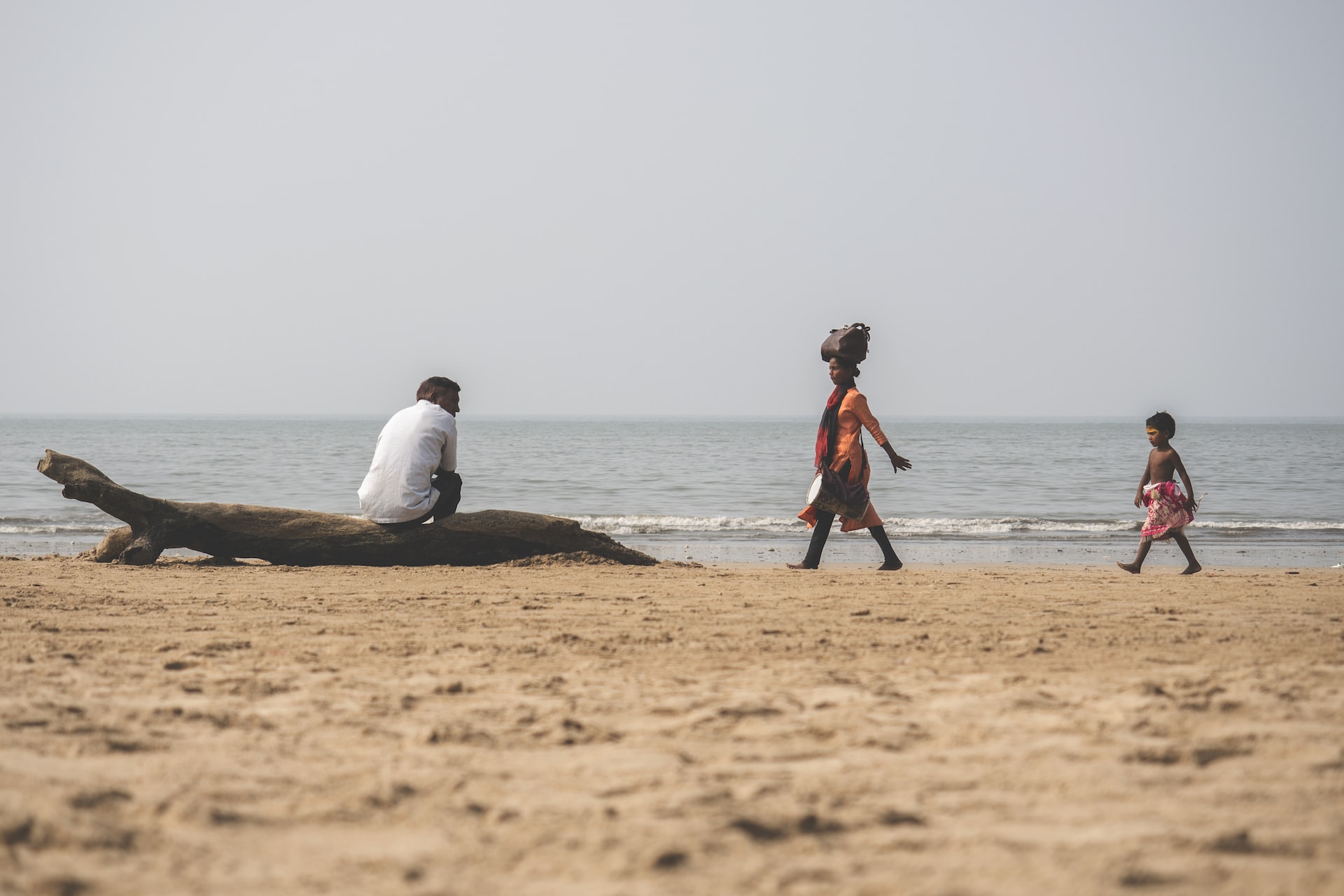Child and Youth Resilience Measure & Adult Resilience Measure
The Child and Youth Resilience Measure and the Adult Resilience Measure are self-report measures of resilience used by researchers and practitioners worldwide.
Image

The Child and Youth Resilience Measure (CYRM) and Adult Resilience Measure (ARM) were established through a process of interviews with youth and their caregivers in countries around the world. Reflection on the obstacles youth confront, as well as possible resources called upon to navigate through/around these obstacles, resulted in the original version of the CYRM, which was piloted with nearly 1,500 youth from 14 communities and 11 countries. The measure has been adapted into versions suitable for younger children (aged 5-9 years), for adults (the ARM) and for persons that know the targeted individual (a Person Most Knowledgable.)
How to Use the CYRM/ARM
Select CYRM/ARM version
There are different versions of the CYRM and ARM that you can use to measure resilience. These include the basic age appropriate versions: The CYRM-R (for 5-9 years and 10-23 years), and the ARM-R (for 18+).
For each age group, there are 3- and 5-point Likert scale versions. There are also versions with simplified language for individuals with limited comprehension.
Finally, there are Person Most Knowledgeable (PMK) versions of each measure that can be completed by an individual who knows the target individual well.
Contextualize
Once you have selected the appropriate measure for use, it is recommended to undergo a process of contextualization, which involves bringing together individuals familiar with your context to discuss resilience. This group should be made up of individuals who may eventually use the measure as well as experts (for example, young people living in a particular community, community elders, and researchers or socials workers who are familiar with the community where the research will take place).
The group should discuss what resilience means to them and what factors or resources are important for individuals to show resilience. The group should also review the items in the chosen measure to determine if they are all appropriate or require alteration to obtain a more sensitive assessment of resilience.
Administer
Once the appropriate measure has been selected (and adapted if necessary), you should determine whether your participants are able to complete the measure themselves or whether it should be verbally administered (read to them).
Administration takes approximately 5-10 minutes depending on level of comprehension.
Score
The statements are completed on either a three- or five-point scale. Responses are summed by the administrator to get a measure of an individual’s resilience.




